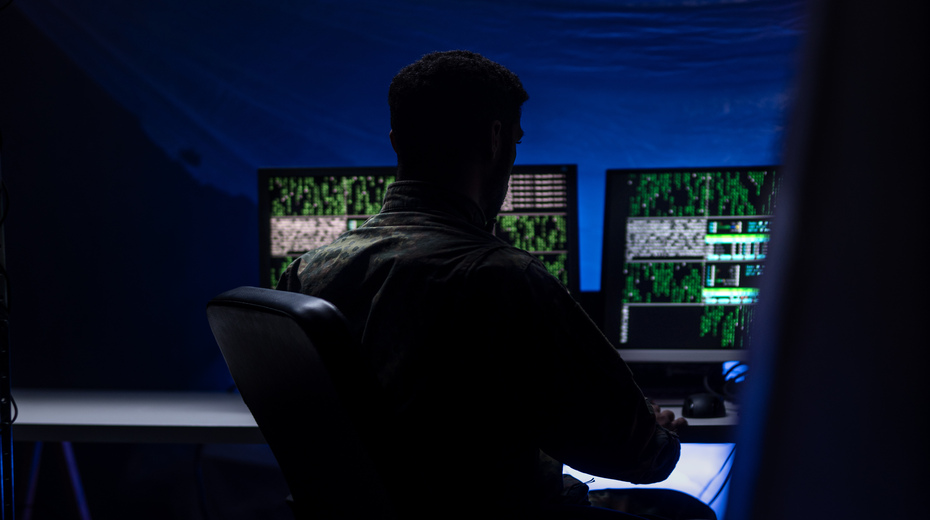

Why is OSINT an ally for businesses and governments?
To delve into the world of OSINT (Open Source Intelligence), the first thing to do is understand it, so welcome to this journey through a concept that is not new, as some might think.
OSINT didn't originate with social media or the internet; you have to go back several decades to understand its genesis, specifically to World War II (1939-1945), the greatest military conflict in history. During this time, intelligence agents exchanged information through signals, some encrypted, using newspaper ads, Morse code, letters, telegrams, radio messages, advertising flyers, among other methods.
Literature, cinema, comics, theater, and now, a good number of podcasts, films, and series on streaming platforms, vividly illustrate these military intelligence techniques that have evolved to become robust systems. An invitation from Protactics to immerse yourself in this type of military content, with a critical perspective on the elements that make up the fascinating world of OSINT.
Returning from the past to the present, currently, OSINT is a methodology that allows for information gathering from any open source, whether physical or digital. An important clarification is that these systems do not engage in penetration or espionage but rather have the tools and functions to collect and search for information in these sources, data that is freely accessible to the public.
This is how OSINT obtains information from the internet, social media, news portals, blogs, and even the Dark Web or Deep Web. That's OSINT, a broad ability to collect, categorize, and analyze information from entirely public sources.
Strategic Partner
For both businesses and the public sector, OSINT offers significant advantages by providing timely and real-time access to information. According to a study conducted by Forrester Research a few years ago, among the 500 largest companies in the United States, they were asked: what is immediate access to information for them? The response was information produced a day or more ago.
In such a competitive and data-saturated world, having information almost in real-time is key to making informed decisions, implementing actions or contingency plans, preventing scandals or crises, and protecting companies from potential risks while empowering them to take significant steps, always well-informed.
To better understand this, FIFA, for the 2022 World Cup in Qatar, used OSINT tools to predict and prevent acts of violence, hatred, and conspiracy. They also used it to identify positive information about fans from each nation to offer better experiences and services. Therefore, roadblocks, stadium issues, and possible sabotage were identified in advance through OSINT tools, allowing for timely decisions, coordination with authorities, and, in many cases, preempting trouble.
In the public sector, there are numerous and large-scale success stories since many powerful intelligence agencies such as the FBI, CIA, or MI6 use these tools to cover national security, monitor borders, protect infrastructure and facilities, prevent terrorist attacks, combat crime, and monitor behaviors that threaten the safety of citizens and countries.
A recent case worth highlighting is that the OSINT technology offered by Protactics is the same one the NATO used to predict Russia's invasion of Ukraine six months in advance. This was achieved through the analysis of data and people's behavior on social media.
The Magic of OSINT
The success of OSINT lies in its ability and speed in gathering information to present it in an organized manner to an analyst. The information is out there and available, but the tool streamlines the process, which a person could do but would take much longer.
The key is in the algorithms of OSINT and its programming, enhancing the ability to identify relevant information about a specific event or person and bring all associated data to facilitate precise situational analysis.
Another significant benefit is the ability to access potentially dangerous sources without risking analysts. For example, the Dark Web or Deep Web. This is where the OSINT operator can enter what is known as the 'dark side of the internet' and collect information from forums promoting the sale of weapons, stolen or fake credit cards, drugs, smuggling, confidential information from companies or states, human trafficking cases, child pornography, among other illicit activities.
With this data, analysts can make decisions and alert different areas of companies or governments, define measures and corrections to safeguard organizations, and enable authorities to identify and combat various types of crimes.
In Colombia, Protactics has worked with banks, companies in the Oil & Gas sector, multinational manufacturers, or multinationals that are genuinely interested in monitoring what is happening in real-time with the handling of their data, whether there are information leaks, threats, or simply to gauge the reception of their marketing plans among various audiences.
Recommendation
While OSINT does not violate anyone's privacy when accessing open sources, it is essential to reflect on the digital footprint generated on the internet from personal, business, or government settings.
The call is to evaluate the information we share and ask ourselves: What data can be sensitive if it falls into the hands of criminals or individuals with malicious intentions? This applies at all levels.
Among the tips are not sharing personal email or phone numbers, as these are common channels for sending messages for electronic crimes. Avoid making data and information of minors public, as the dark side is always looking to profit from this information.
Additionally, it is essential not to publish real-time information since criminals use such data to identify where, what, how, and when something is happening, opening a wide window for theft, scams, or other crimes.
In conclusion, it is crucial to handle information with caution, know to whom it is given, in what channel it is published, and, finally, remember that the internet does not mean forgetting good values, appropriate behaviors, and respect for the lives of all.